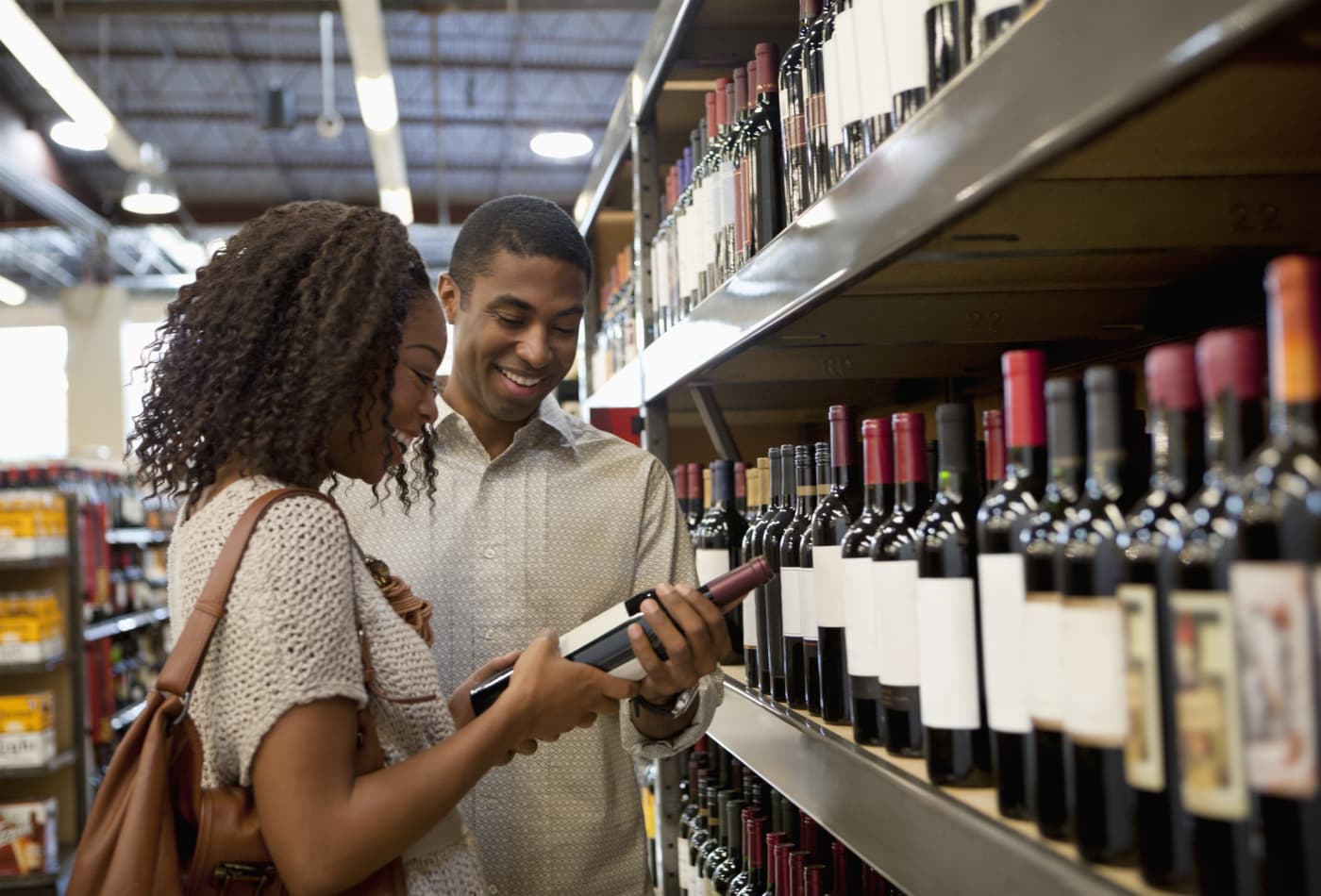
The days of limiting yourself to Trader Joe’s “two-buck Chuck” simply because it’s all you can afford are over. Buying a delicious bottle of wine doesn’t have to break your budget.
“Price doesn’t necessarily have anything to do with the quality or taste of a wine,” Jon Thorsen, author of the “Reverse Wine Snob,” tells CNBC Make It.
In fact, there’s an “incredible amount of good wine” available in the $10 to $20 range, Ray Isle, executive wine editor for “Food & Wine,” tells CNBC Make It.
Of course, if you’re a cheapskate and only want to pay a couple of bucks, finding a great-tasting bottle may prove more challenging. Thorsen finds great wines under $4 are rare. They may not taste awful, but they probably won’t be something you’ll remember fondly either.
There are exceptions: In a recent tasting, several Make It staffers actually preferred Trader Joe’s cheap varieties to the expensive stuff, such as a $150 bottle of Chateau d’Ampuis Côtes du Rhône.
Whatever your tastes are, wine experts recommend following these five steps next time you’re shopping to find wines that are both interesting and affordable.
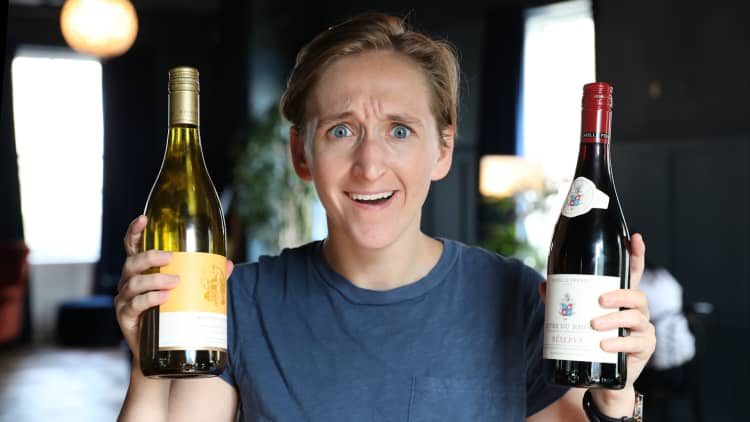
1. Avoid popular regions and grape varieties
Even wine novices have probably heard of Cabernet Sauvignon from Napa Valley, which is part of the reason why it’s going to be more expensive than other bottles. “Brand name plays a part — that’s true for wine regions too,” Isles says. “Famous regions, you’re kind of paying an upcharge just for the name.”
If you are looking for a good Cabernet from the U.S., reach for a bottle from Paso Robles in California, or Washington state. Both regions produce terrific red wines, Isles says, but they don’t have the same name recognition.
“I always suggest looking to lesser known regions and less familiar grapes — that’s where some of the great bargains are,” Isles says. There are some wonderful, more obscure wines out there that can be fun to drink as well, such as Nero d’Avola from Sicily.
Name recognition can drive up the price, but so can the location’s employment dynamics. “It goes back to basic economics,” Isles says. Regions that have low labor costs and low land costs produce wine less expensively. Napa Valley, where the cost of half an acre of vineyard land is sky-high, will generally produce more expensive wine than the Mendoza region in Argentina, for example.
If you’re looking for a less expensive red, Thorsen recommends trying a bottle of Spanish Garnacha or a Portuguese red blend. For white wine drinkers, test out a bottle of South African Chenin Blanc or Vinho Verde from Portugal, he adds.
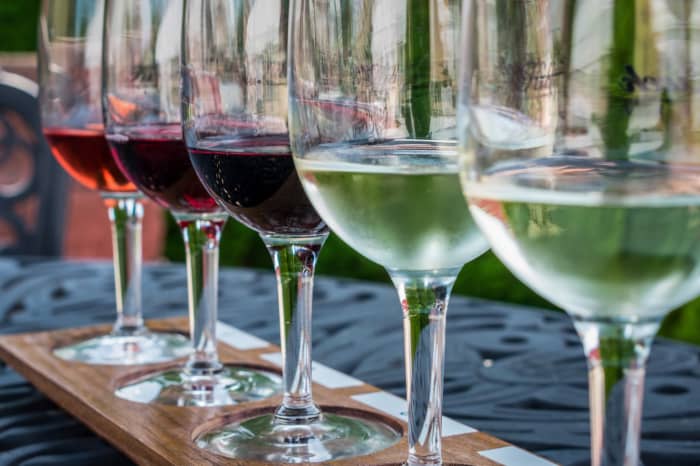
2. Challenge your expectations
For those who are less familiar with wine, the experts say it’s important to not only try new regions and grape varieties, but also try wines you may not enjoy at first. Maybe you haven’t liked Chardonnay in the past; it’s too buttery or too oaky for your taste.
Instead, try a bottle of Chablis from France, which is made from Chardonnay grapes and typically has a light and bright flavor. “Push yourself out of your comfort zone,” Thorsen says.
It’s like approaching a new cuisine, Isles says. “If you’re not used to drinking wine, if it’s not something you drink regularly, the most appealing flavors are the very straightforward fruit flavors that you get in inexpensive wines,” he adds.
But it’s better to have an open mind, Anna-Christina Cabrales, general manager of Morrell Wine Bar in New York City, tells CNBC Make It. “Sometimes you’ll be surprised with what you’ll find,” she says. There are plenty of affordable options, including a lot of exciting boxed and canned wines hitting the market. Some of her favorite brands of canned wines include Vinny and Lil Fizz, a California white blend from No Fine Print Wine.
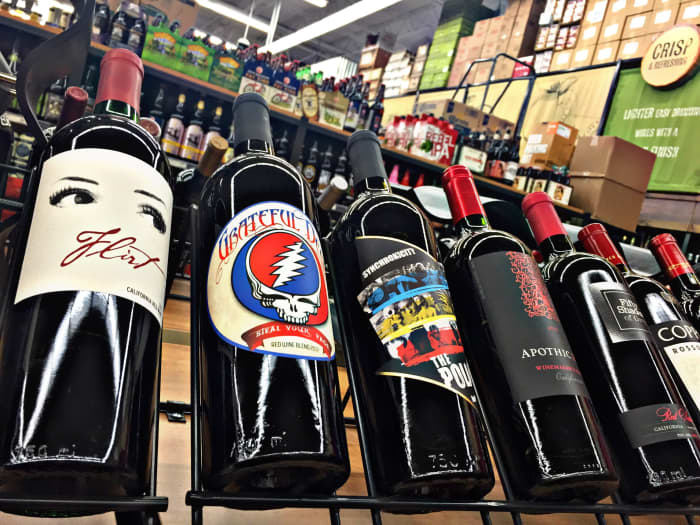
3. For the most part, ignore the label
“Labels have absolutely nothing to do with the quality of the wine,” Isles says. “They do have a lot to do with marketing budgets and convincing people to buy the wine,” he adds with a chuckle.
The language on a label, especially for American wines, typically isn’t very helpful. In the U.S., the word “reserve” doesn’t mean anything — there’s no legal definition, Isles says. “Old vines” also doesn’t have any true meaning. In contrast, European wine regions tend to have restrictive labeling laws, so the words used to describe the wine may reference official qualifications.
If you are scrutinizing a wine label, there are two things that can be actually helpful: the alcohol content and the location. Table wines range from 12% to 15.5% alcohol, Isles says. If it’s a hot day, you may want to avoid a high-alcohol wine because it tends to be richer and heavier. Lower alcohol levels tend to have a lighter flavoring.
Next, take note of the specific place the wine is produced, Thorsen says. The smaller the better. Let’s say you have three bottles of Cabernet Sauvignon at the same price in your basket. One says it is from “California.” The second bottle says “North Coast.” The third is labeled “Lake County.”
Thorsen says you should choose the third one. Why? The first bottle could be blended from vineyards all over the state, which is 423,000 square kilometers, Thorsen says. The second bottle’s location covers 12,000 square kilometers of the North Coast, while the third must come from the 3,500 square kilometers within Lake County itself. Chances are, the grapes are higher quality. Plus, you’re more likely to know what you’re getting.

4. Find a friendly wine guy (or gal)
You don’t have to go it alone. Shopping for wine can be overwhelming and there’s no reason you would need to know everything right from the start.
Instead, find a wine store with a staff that’s friendly and will talk to you, Isles says. Ask for recommendations and, specifically, if they have tried any wine you’re considering. “You’ll save a buck by shopping at the big grocery store selection, but you’ll get zero help and no one will know what they’re selling,” Isles says.
The trick to finding wines you’ll actually like within your price range, even at these specialty shops, is to be upfront, Cabrales says. “Be specific as to what you want or else you’re going to be led down the road that you weren’t expecting,” she says. This includes the price point. If you do not wish to spend more than $15 a bottle, definitely let the wine expert know.
If you do know what you want going in, then it’s all about finding the lowest price. Big retailers, such as Costco, Trader Joe’s and Aldi, offer the best deals because they tend to sell a wide variety of private label brands, Thorsen says.
“Since these are exclusive wines, they cut out the middleman and generally offer them for less,” he says. However, you may need to search a bit more for the private label bottles. At Trader Joe’s, the labels don’t always say “Trader Joe’s.” Instead, look for the “Trader Joe’s Exclusive” sign on the shelves to help you spot which wines are private label, according to Thorsen.
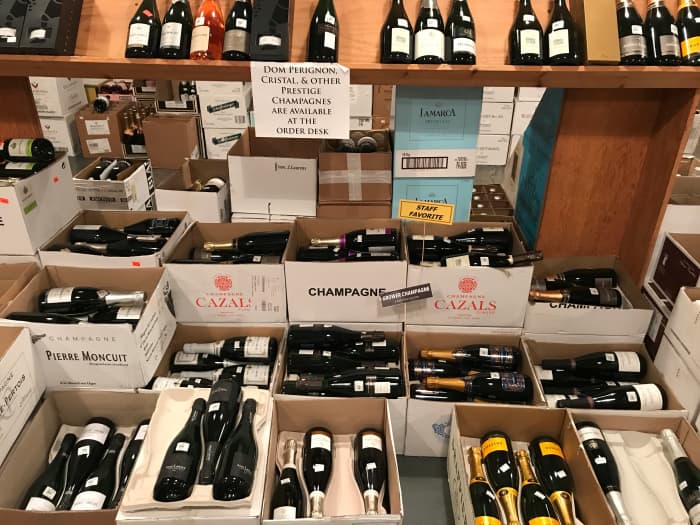
5. Approach sales and discounts with caution
There’s usually a reason things are on sale: They didn’t sell at full price. While you can find some good bargains in the discount bin, be careful about buying whites or rosés that are more than a few years old.
One deal you can take advantage of without any worries: case discounts. These tend to offer 10% to 15% off a dozen bottles, so you can stock up by mixing and matching your favorites, as well as a new bottle or two. “That adds up,” Isles says.
[“source=cnbc”]







